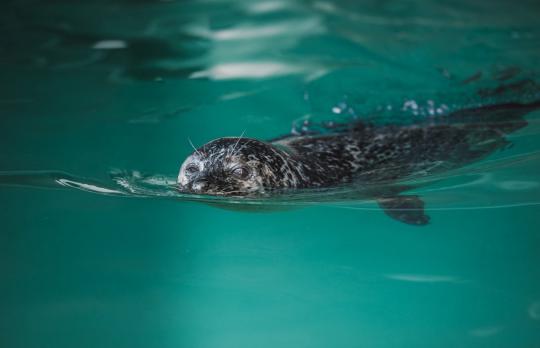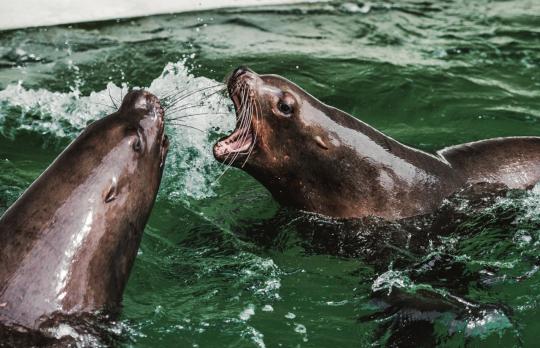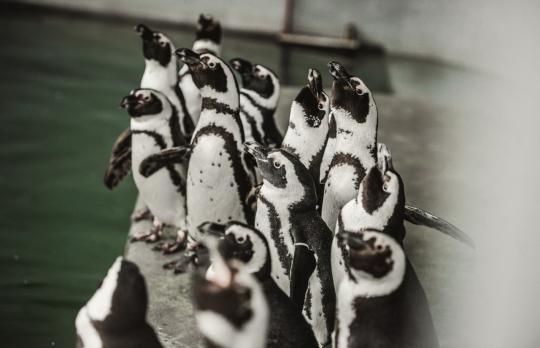They differ in size, coat pattern and overall appearance. Grey seals are the most common and sometimes even visit the Lithuanian coast. The Lithuanian Sea Museum annually treats and rehabilitates weak youngs of seals, most of which are usually grey seals. You can recognise the grey seals by their long nose and size – they can reach up to two and a half meters in length and weigh up to 300 kg. These are the largest mammals in the Baltic Sea. Colonies of these animals live on the island of Saaremaa, in the Gulfs of Riga, Bothnia and Gdansk, and they like coastal areas and the shores of rocky islands. The harbour seals’ nose is not as long. The ringed seals are the smallest seals found in the Baltic Sea. Until the beginning of the 20th century, the ringed seals were the most populous in the Baltic Sea but were later overtaken in numbers by grey seals.
All seals are predators – do not be fooled by their lazy demeanour and cute looks. They swallow fish – herring, sprat, smelt, and other – without a sign of mercy.
The Steller sea lions live at the Lithuanian Sea Museum since 1982. Their ancestors were prehistoric bears, that the structure of their fin bones resemble legs (they even have claws), allowing them to walk on all fours while fully maintaining their full body weight. Steller sea lions are the largest of all sea lions. The males weigh approximately 550 kg on the average and grow to almost 4 meters in length. The females are smaller, weighing approximately 350 kg on the average and are approximately 3 meters long. Steller sea lions eat a variety of fish, cephalopods. It is easy for them to hunt for food – they can develop a speed of up to 27 km/h in the water and can easily dive 350 m deep. Because of their dimensions, they do not have many enemies, but admittedly, those they do have are quite threatening, like the great white sharks or killer whales.
Penguins are flightless birds. It would be more correct to call their wings flippers. The body of these birds is covered with a dense network of feathers; underneath there is a layer of air bubbles which keeps them warm in the water.
Approximately 17 species of these bird are currently classified on the planet and they all live in the southern hemisphere. Different types of penguins vary in size, agility, appearance and even colouring. The Magellanic penguins, for example, can be recognised from their buttoned-up black collar, while some other penguins even have colourful feathers, like the Macaroni penguin. Contrasting colours help the penguins camouflage, hunt and hide from various predators.
It is hard to say when the early people first met them. There are some records from the world’s first expeditions of explorers Vasco de Gama and Ferdinand Magellan identifying strange flightless birds that resemble geese or ducks. It is believed that those travelers were referring to penguins.







